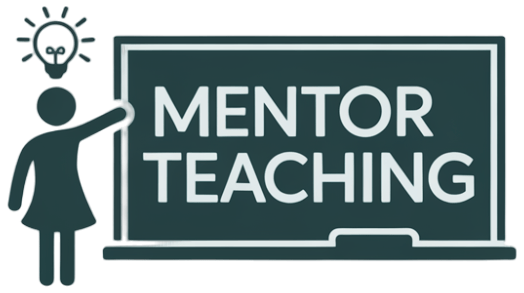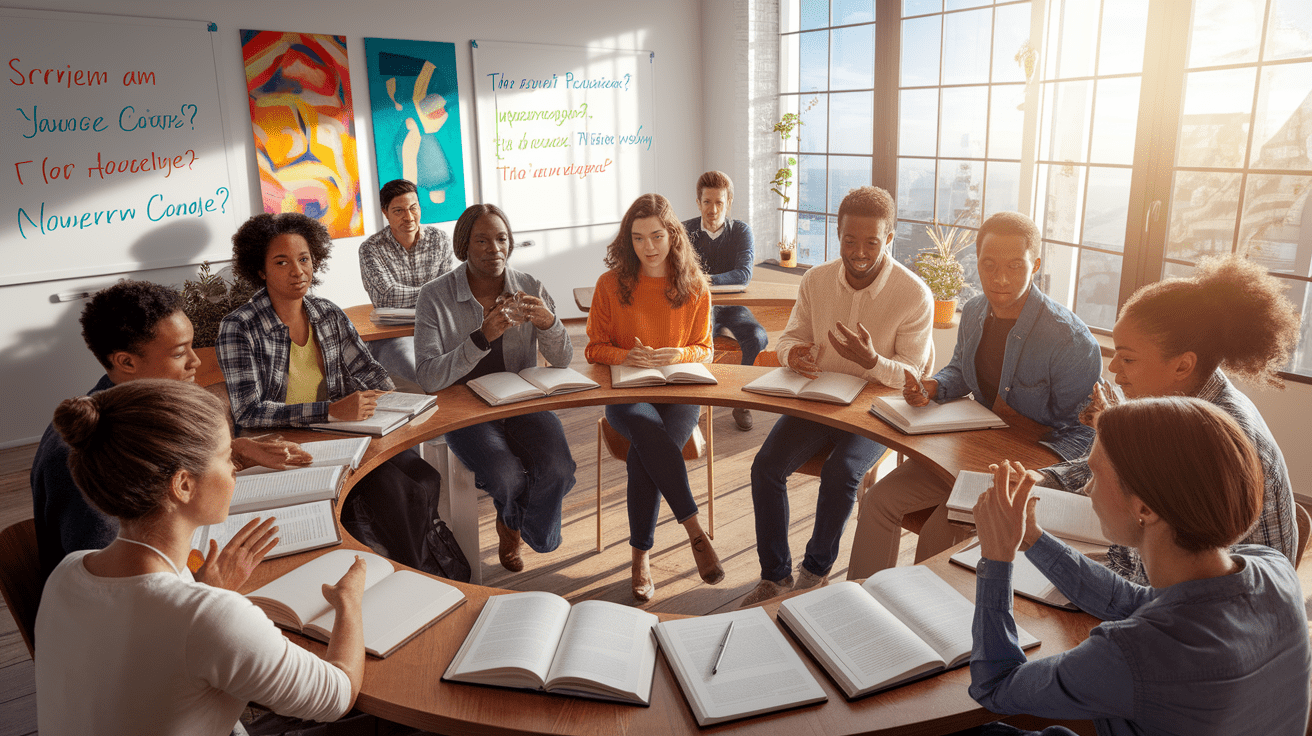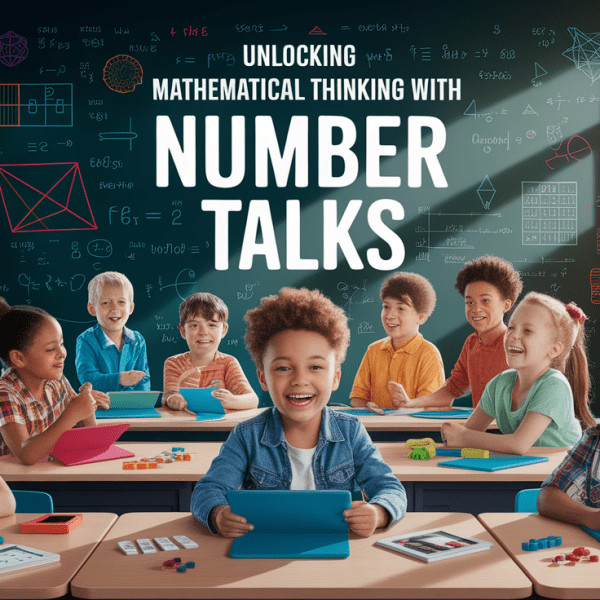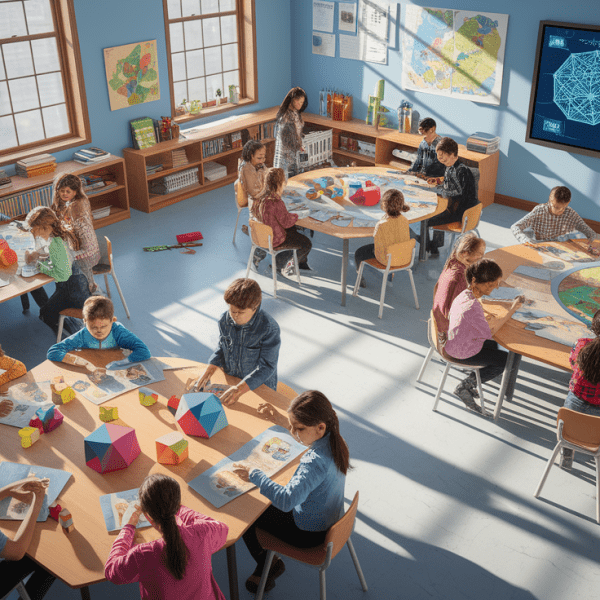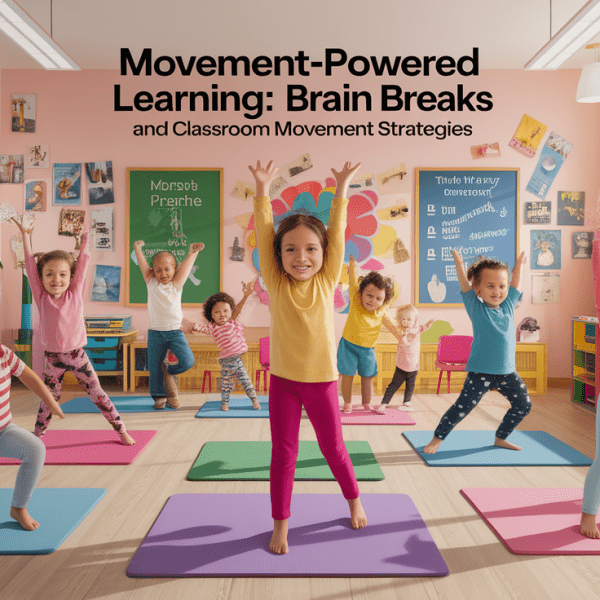Spark the Conversation
Every great Socratic Seminar starts with a spark — something to ignite curiosity and get those intellectual gears turning. Think of yourself as the campfire starter for classroom dialogue; you’re not here to give a lecture, you’re here to warm things up so students are ready to share, question, and explore together. Whether it’s a powerful quote, a provocative statement, or an unexpected “What if…?” scenario, opening with intrigue sets the tone for a student-centered discussion that drives critical thinking and active engagement.

The key is to connect that spark directly to the core text or topic. This makes for a discussion that feels authentic, rooted in the socratic method of inquiry-based learning, and ripe for collaborative learning. That first moment is less about giving answers and more about inviting curiosity to flourish.
Set Clear Ground Rules
Ground rules? Yes, please! Without them, even the most promising seminar can spiral into chaos faster than you can say “philosophical discussion.” Use clear expectations to outline discussion protocols and help students understand the art of listening as much as speaking.

- Everyone gets a chance to speak before anyone speaks twice.
- Disagree with ideas, not people — respectful discourse only!
- Use textual evidence to support your viewpoints.
- No interruptions; allow peers to finish before responding.
By setting the stage with explicit norms, you’re not just managing classroom behavior; you’re teaching the essentials of democratic education, group dynamics, and inclusive dialogue facilitation.
Design Thought-Provoking Questions
In the scaffolding stages of preparation, your arsenal of open-ended, thought-provoking questions will make or break the seminar. These are not “yes” or “no” prompts — they’re invitations to journey deeper. Aim for questions that push students to analyze, evaluate, and reflect, aligning with methods for critical inquiry and knowledge construction.
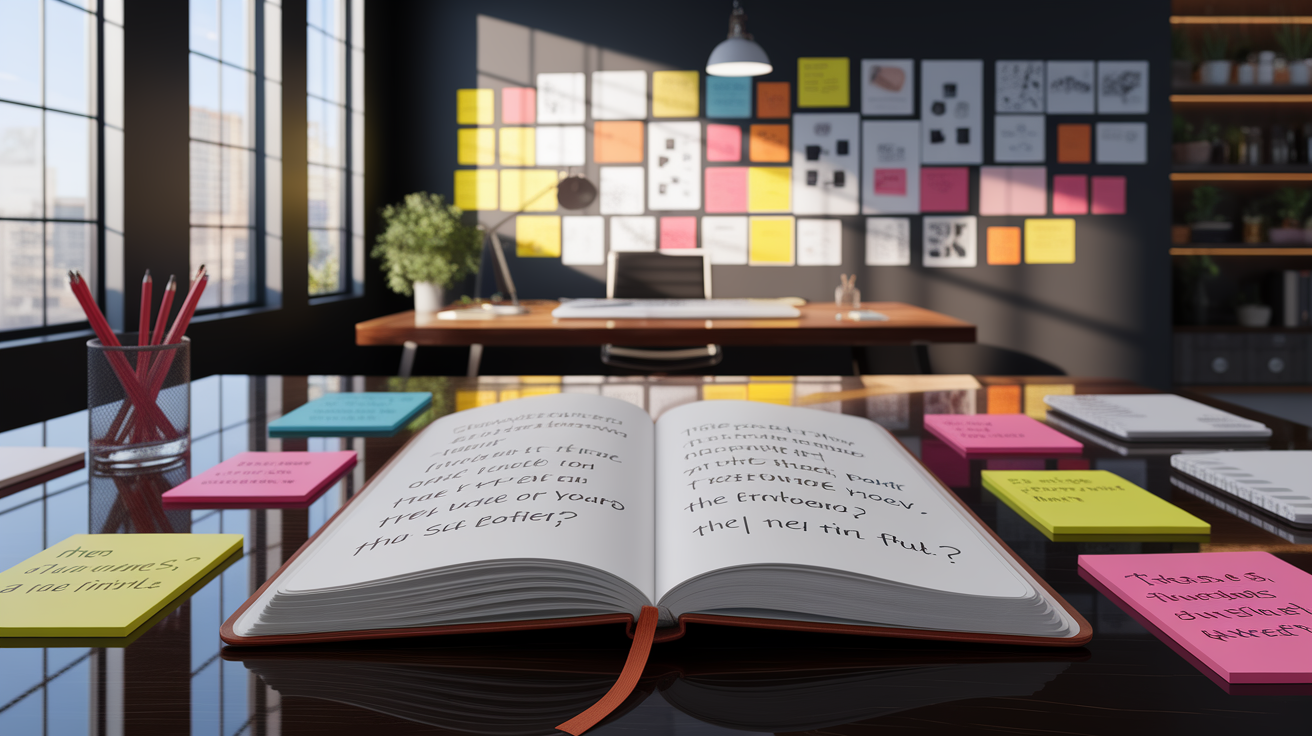
- “What assumptions does the author make, and how do they affect the argument?”
- “How might this situation change if viewed from an opposing perspective?”
- “What real-world parallels do you see, and what impacts could they have?”
Remember, your questions serve as the scaffolding for meaningful, student-led seminar leadership. They should encourage reflective thinking and intellectual discourse, opening doors for both vocal and quieter students to engage meaningfully.
Facilitation Techniques in Action
Now we’re in the heartbeat of the seminar — the actual discussion. According to best practices in facilitation, you start with gentle guidance, then step back to let students lead while subtly steering the flow. Model constructive questioning strategies, and use nonverbal cues — a nod, a raised eyebrow, or a glance around the circle — to signal inclusion and balance.

Want to manage difficult participants or ensure group participation? Rotate speaking order, reframe off-track comments back to the text, or briefly pause the discourse for quick reflective questioning exercises. Your role is part conductor, part coach — harmonizing voices, pacing ideas, and ensuring a shared exploration of concepts without taking over the melody.
Foster Inclusive Participation
One of the greatest joys of discussion facilitation is seeing every student — not just the usual talkers — immersed in active learning. This means designing prompts specifically for quieter students and safeguarding the space for everyone. Check out these strategies for supporting less vocal students to build confidence and engagement.
Try think-pair-share moments, where students jot down initial thoughts, discuss with a partner, then share with the group. Rotate roles like “summarizer,” “questioner,” or “challenger” to balance voices and increase seminar leadership opportunities. The goal? A discussion that reflects the full diversity of perspectives, not just the loudest contributions.
Reflect and Close with Purpose
As the seminar winds down, reflection is your golden ticket to continual improvement. According to SEL-focused Socratic Seminar strategies, closing should be purposeful: anchor charts for key ideas, a final round of reflective questioning, or a quick written summary to solidify takeaways.
Encourage metacognitive skills by asking students: “What did you learn about the topic today?” and “What did you learn about how we discuss ideas?” This reflection process not only aids in discussion evaluation and assessment rubrics but also empowers students to recognize and build on their own growth as contributors to philosophical discussion and collaborative learning.
And remember — every seminar is a stepping stone. With each cycle of preparation, facilitation, and reflection, you’re igniting deeper critical thinking, strengthening the student-centered learning environment, and shaping confident, thoughtful communicators for every stage of their educational journey.
